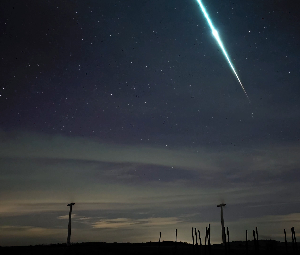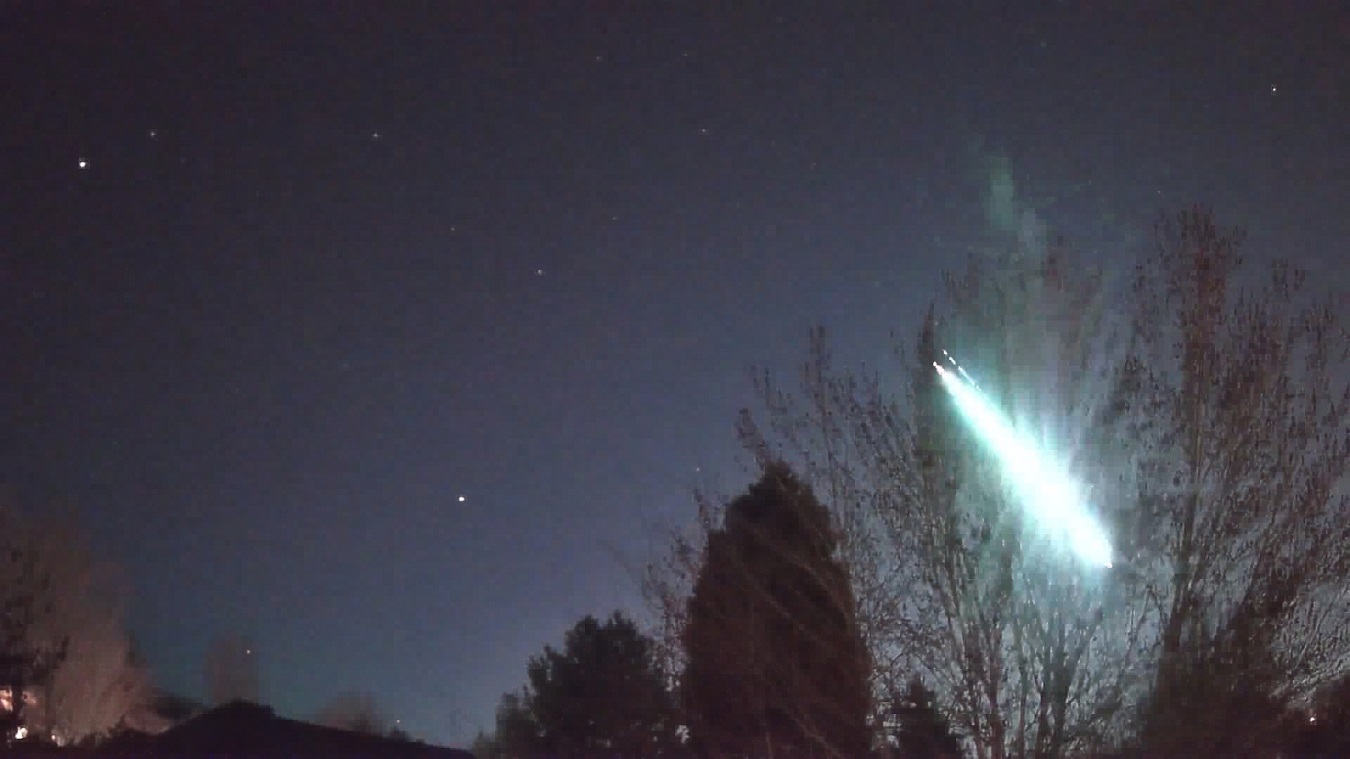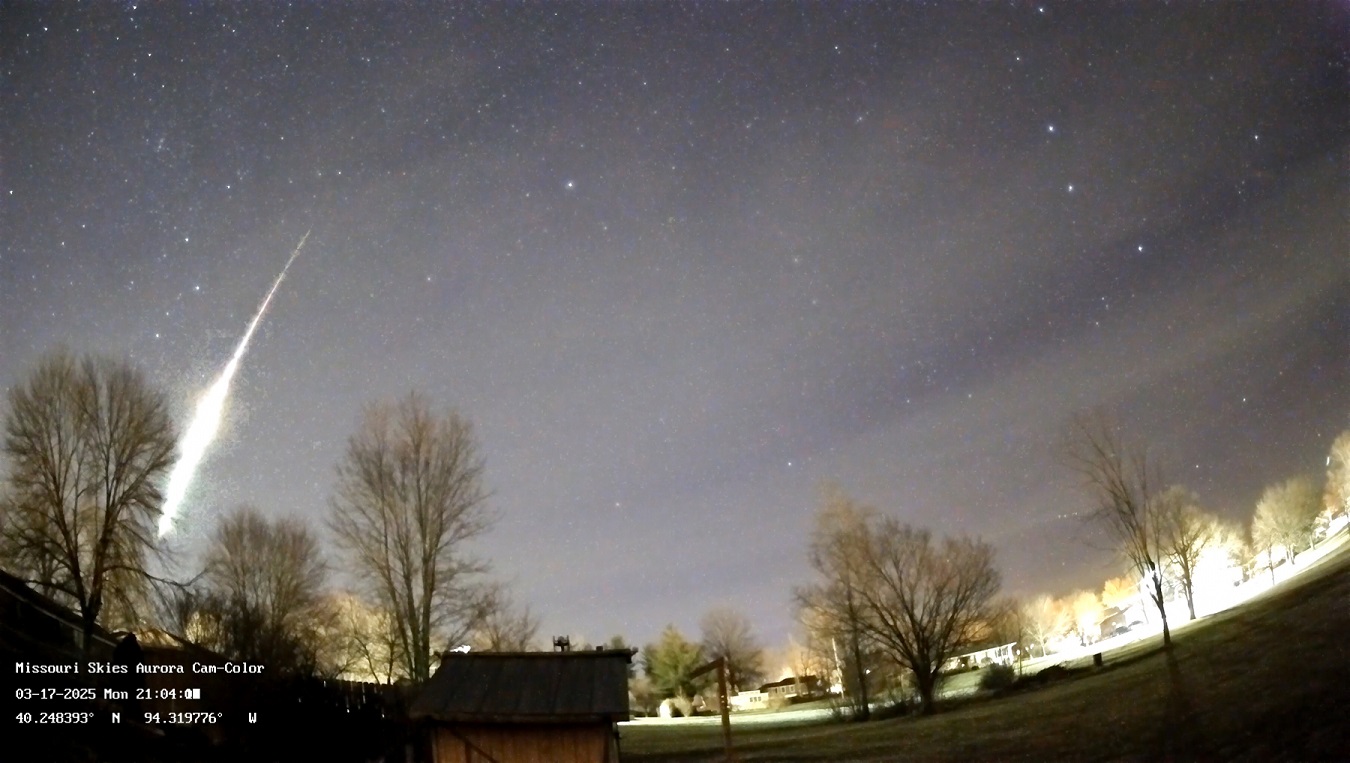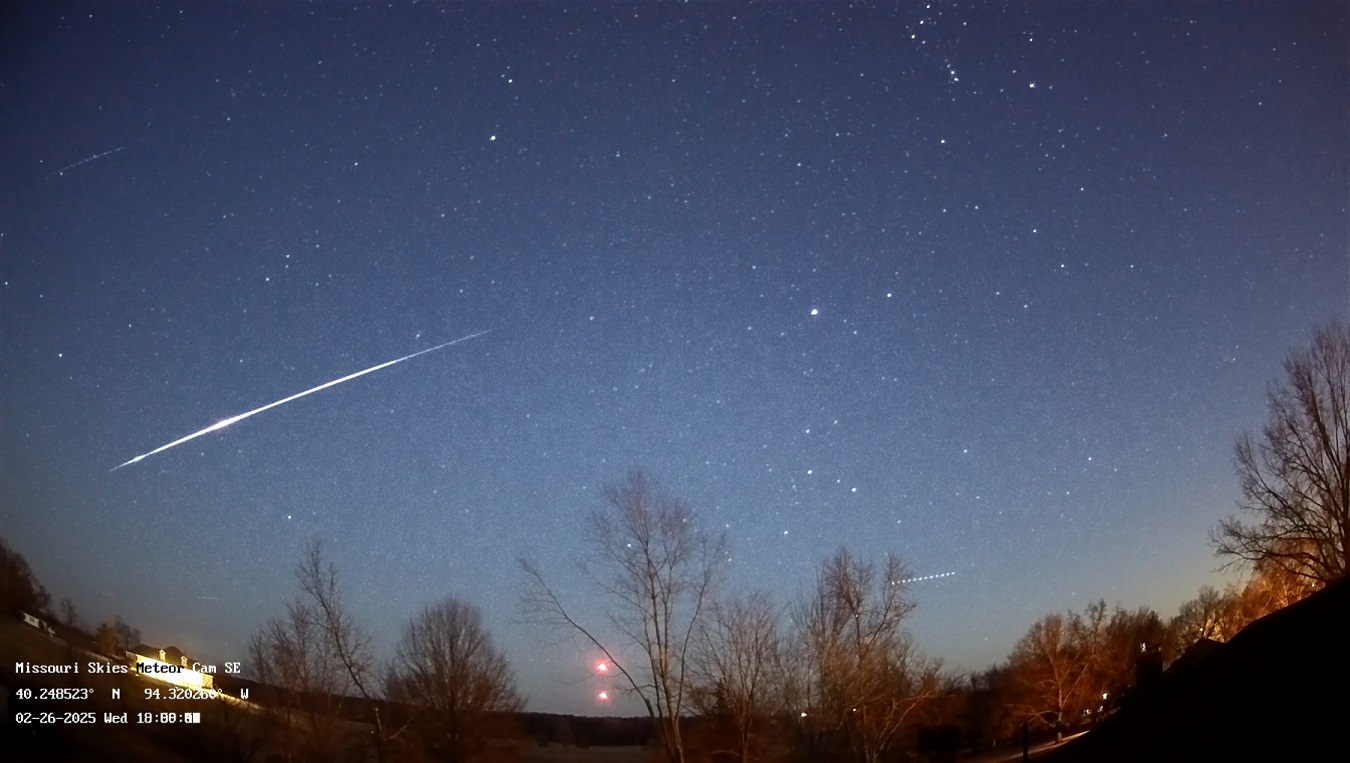Meteor Activity Outlook for July 5-11, 2025
Jordan Ragsdale captured this long fireball using his AllSky Camera System on April 7, 2024, at 01:28 MDT (7:28 UT)…

Jordan Ragsdale captured this long fireball using his AllSky Camera System on April 7, 2024, at 01:28 MDT (7:28 UT)…

Joy Allen captured this bursting fireball on March 22, 2025, at 02:50 GMT from Watchfield, England. ©Joy Allen Meteor season…

Jordan Ragsdale captured this massive bright fireball using his AllSky Camera System on March 18, 2025, at 23:56 MDT (5:56…

Dan Bush captured this brilliant fireball on March 17, 2025, at 21:04 CDT (2:04 UT on Mar 18) from Albany, Missouri,…

Moiz Hadier captured this multi-bursting fireball on March 17, 2025, at 19:00 CST (1:00 UT on Feb 27) from Karachi, Pakistan. ©Moiz…

Dan Bush captured this long, multi-bursting fireball on February 26, 2025, at 19:00 CST (1:00 UT on Feb 27) from Albany,…

Jordan Ragsdale captured this massive bright using his AllSky Camera System on February 25, 2025, at21:48 MDT (4:48 UT on…